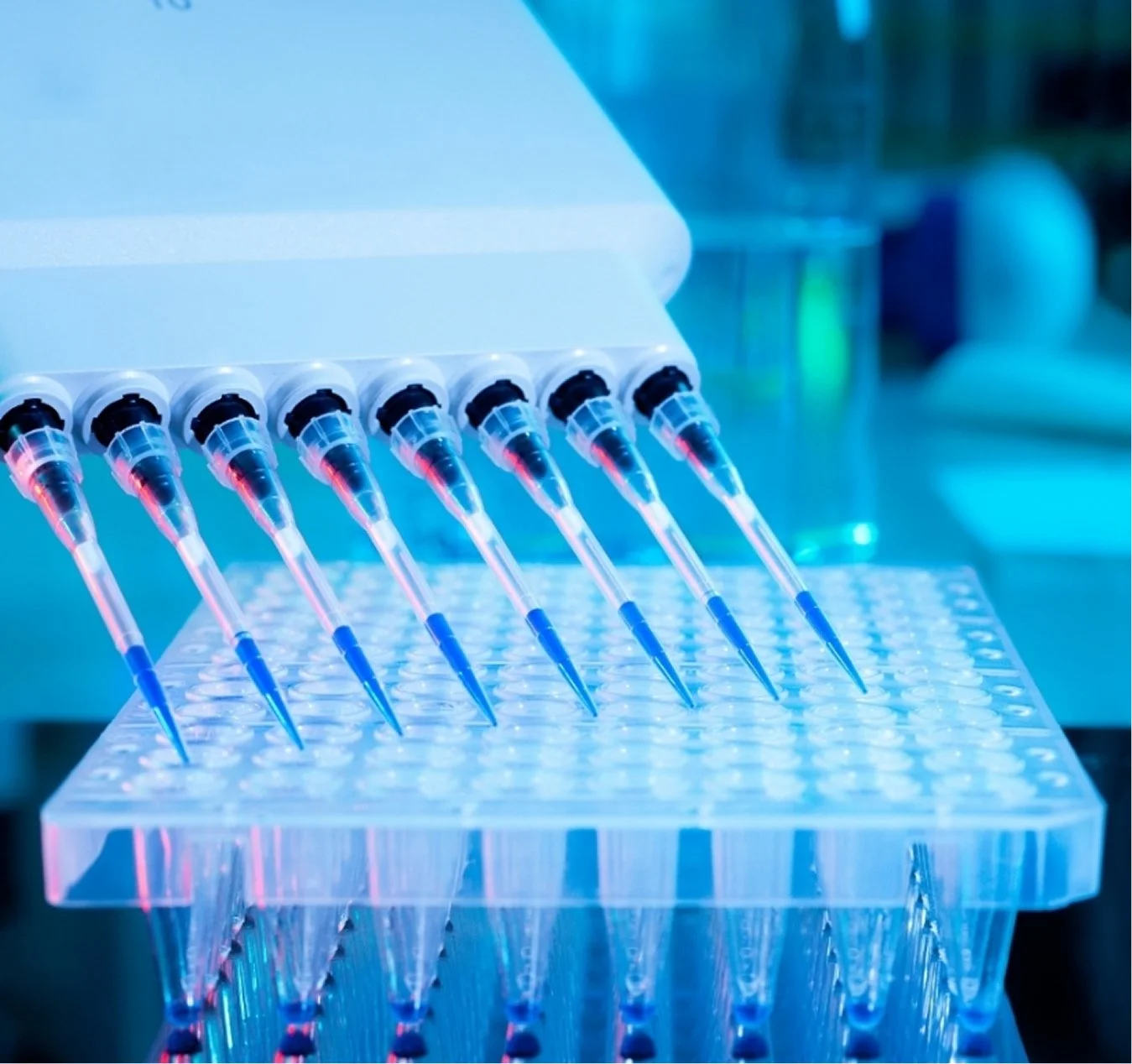 Image 1 of 1
Image 1 of 1


Glutamic Acid Decarboxylase AutoAb (GADA) ELISA Kit
SIZE
96 wells/kit
INTRODUCTION
Glutamic acid decarboxylase autoantibodies (GADA) are found in 70% to 80% of individuals with new-onset type 1 diabetes, making it the most frequent autoantibody in autoimmune diabetes.
GADA can be detected in serum for many years post diagnosis, and high concentrations of GADA have been considered as a marker of faster β-cell exhaustion in these patients.
Furthermore, GADA in non-diabetic individuals predicts the later development of type 1 diabetes1.
Besides autoimmune diabetes, GADA also exists in Stiff Man Syndrome, autoimmune poly-endocrinopathies, and some of Grave’s Disease patients2.
SIZE
96 wells/kit
INTRODUCTION
Glutamic acid decarboxylase autoantibodies (GADA) are found in 70% to 80% of individuals with new-onset type 1 diabetes, making it the most frequent autoantibody in autoimmune diabetes.
GADA can be detected in serum for many years post diagnosis, and high concentrations of GADA have been considered as a marker of faster β-cell exhaustion in these patients.
Furthermore, GADA in non-diabetic individuals predicts the later development of type 1 diabetes1.
Besides autoimmune diabetes, GADA also exists in Stiff Man Syndrome, autoimmune poly-endocrinopathies, and some of Grave’s Disease patients2.


